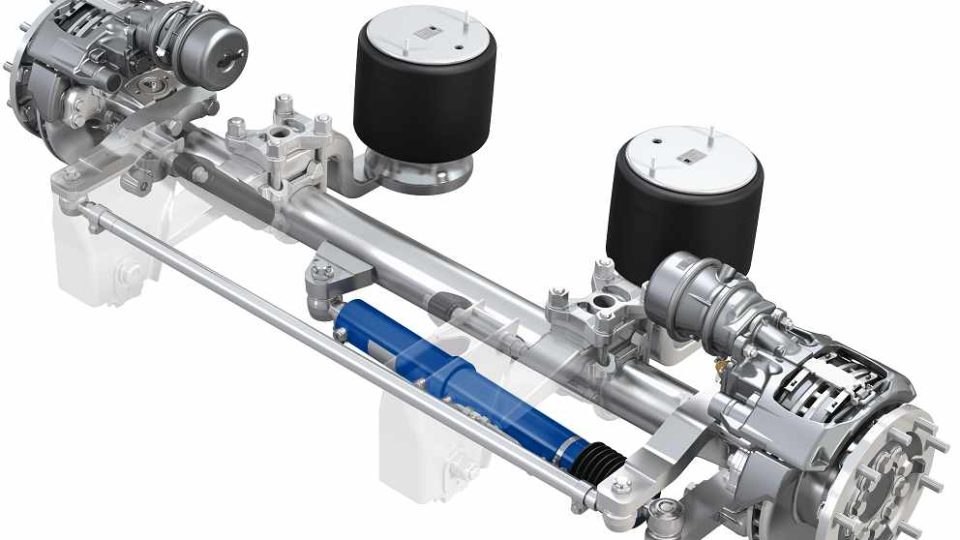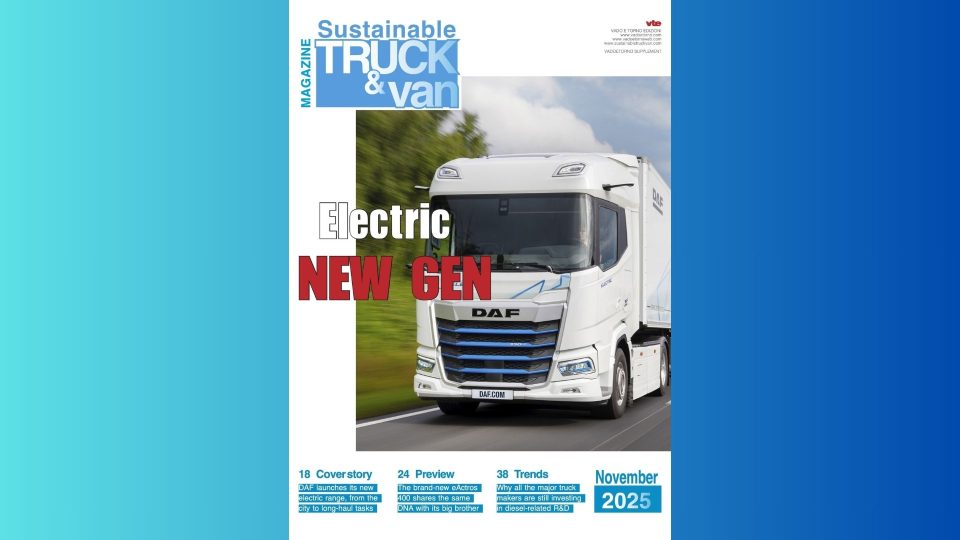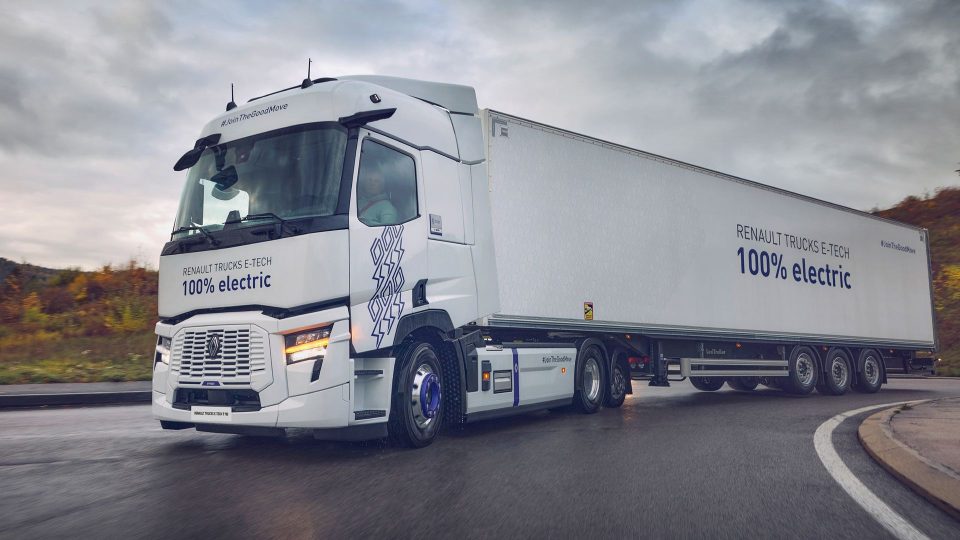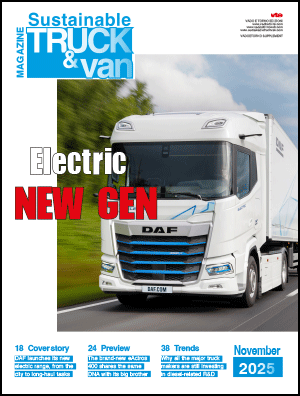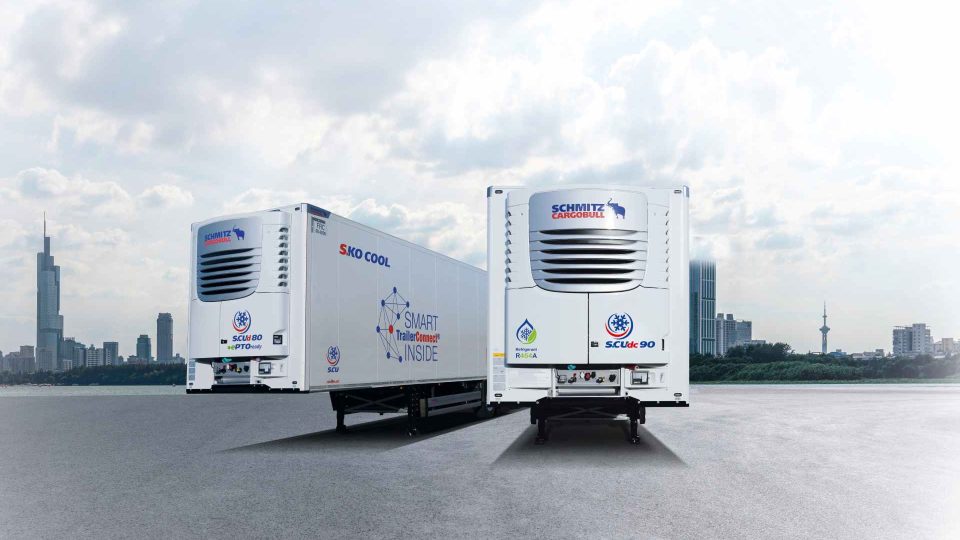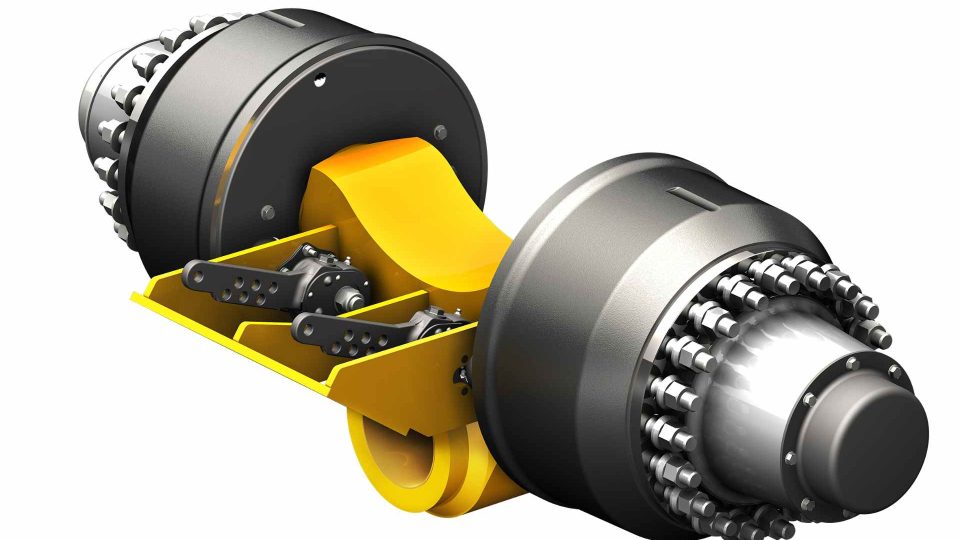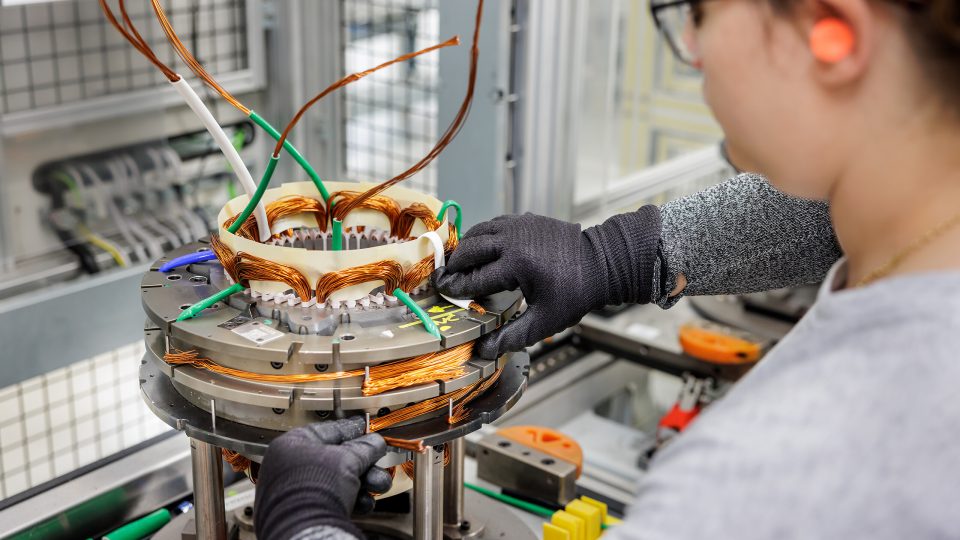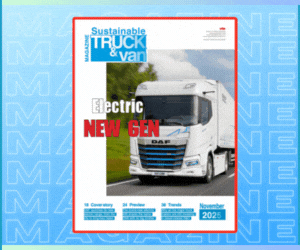Electric vehicles, ZF is working on combustion range extenders. Production expected in 2026
Compared to parallel-hybrid drive solutions, for example with a PHEV, range extenders are compelling due to their lower additional costs, shorter development cycles, lower platform effort, and simplified supply chain management. This makes the technology particularly interesting for manufacturers who are new to the market, and may have little experience with traditional combustion engine drivelines.
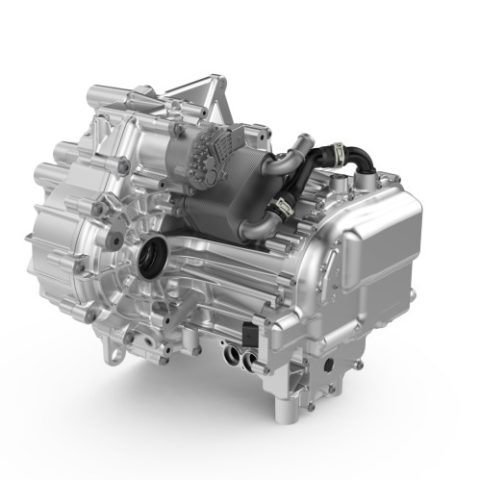
German automotive component maker ZF is developing combustion range extenders for electric vehicles. These products will be used to increase overall range, being coupled to the vehicle electric powertrain. The new generation of this technology is expected to go into production by the end of next year.
At first, the range extender technology will be developed to passenger cars, even though it’s not difficult to imagine that the same concept will be translated into the commercial and industrial vehicle field. Indeed, here is a recent development released by truck maker Scania in cooperation with logistics player DHL.
Range extender: how they work and why they can be a pretty good solution for ZF
In technological terms, with range extenders, a combustion engine is coupled to an electric machine that generates power for the vehicle battery as soon as its state of charge drops below a certain threshold. This increases the range that can be driven electrically. The advantage compared to PHEVs or conventional combustion engines is that the range extender machine always runs in the ideal performance range for fuel consumption, which ensures low fuel consumption and therefore also has lower CO2 emissions.
More into details, ZF is currently working on the next generation, the electric Range Extender (eRE) and the electric Range Extender plus (eRE+). Both variants are highly integrated designs that are flexible in terms of performance, E/E architecture, 400V or 800V and semiconductor type. The eRE connects an electric motor with an integrated inverter, suitable software and planetary gearset. The eRE+ also has an intelligent clutch and a differential. As a result, it can be used either as a current generator or as an additional secondary drive, which saves manufacturers developing a separate component.
Compared to parallel-hybrid drive solutions, for example with a PHEV, range extenders are compelling due to their lower additional costs, shorter development cycles, lower platform effort, and simplified supply chain management. This makes the technology particularly interesting for manufacturers who are new to the market, and may have little experience with traditional combustion engine drivelines.
“The market for all-electric vehicles has not developed as predicted a few years ago,” said Otmar Scharrer, Senior Vice President R&D, Electrified Powertrain Technology. “For this intermediate phase, range extenders can be the ideal solution”.



